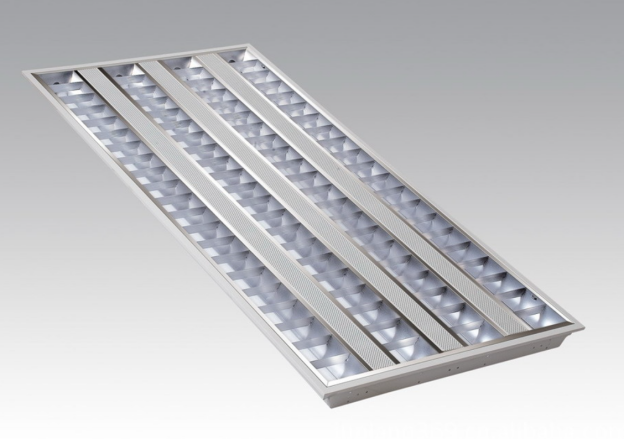The purpose of implementing green lighting
The implementation of green lighting is to save energy, protect the environment, to improve people’s production, work, learning efficiency and quality of life, to protect the physical and mental health of lighting
1. To save energy
Artificial lighting comes from converting electricity into light, and electricity comes mainly from burning fossil fuels. According to current estimates, the life expectancy of the earth’s oil, gas and coal is limited, and the world’s energy resources are not promising either. Energy conservation is of great significance for protecting earth resources, prolonging the period of resource exhaustion and realizing the sustainable development of human society.

2. To protect the environment
The burning of fossil fuels produces harmful gases such as carbon dioxide, sulfur dioxide and nitrogen oxide, which cause the destruction of the earth’s ozone layer, global warming, acid rain and other problems. Carbon dioxide is responsible for 50 percent of global warming, and about 80 percent comes from the burning of fossil fuels. For every kilowatt-hour of electricity saved in the United States, a significant amount of air pollution is reduced. Therefore, saving electric energy is of great significance to environmental protection.
3. Improve lighting quality
o save energy and protect the environment must be in place to ensure that the quantity and quality as the prerequisite, improve lighting quality, people-oriented, to create a conducive to increase the productivity of the people, work, study and life quality, protect the health of body and mind of lighting, therefore, using high efficiency sustainable source of light, the lamps and lanterns, electrical accessories and reasonable lighting design is very important.
Principles and measures of lighting energy saving

At present, when the international community considers and develops energy-saving policies, regulations and measures, the principle is to save lighting electricity as much as possible on the premise of ensuring the quantity and quality of lighting. It’s the only way to save energy on lighting
In order to save lighting and electricity, some developed countries have put forward energy-saving principles and measures. For example, the American Lighting Society put forward 12 energy-saving principles and measures, and the Japanese Lighting Popularization Association put forward 7 principles, which are similar and minor differences. The nine principles proposed by the International Commission on Illumination (CIE) are as follows:
- Determine lighting level according to visual work needs.
- Energy saving lighting design to achieve the required lighting.
- On the basis of considering color rendering, the light source with high luminous efficiency is adopted .
- Choose LED lamps with high efficiency and low glare
- High reflective ratio materials are used.
- Thermal integration of lighting and air-conditioning systems.
- Set up a variable device that can turn the light off or off when not needed.
- Use a combination of natural light.
- Clean lighting fixtures and interior regularly and establish a system for changing and maintaining lighting.



